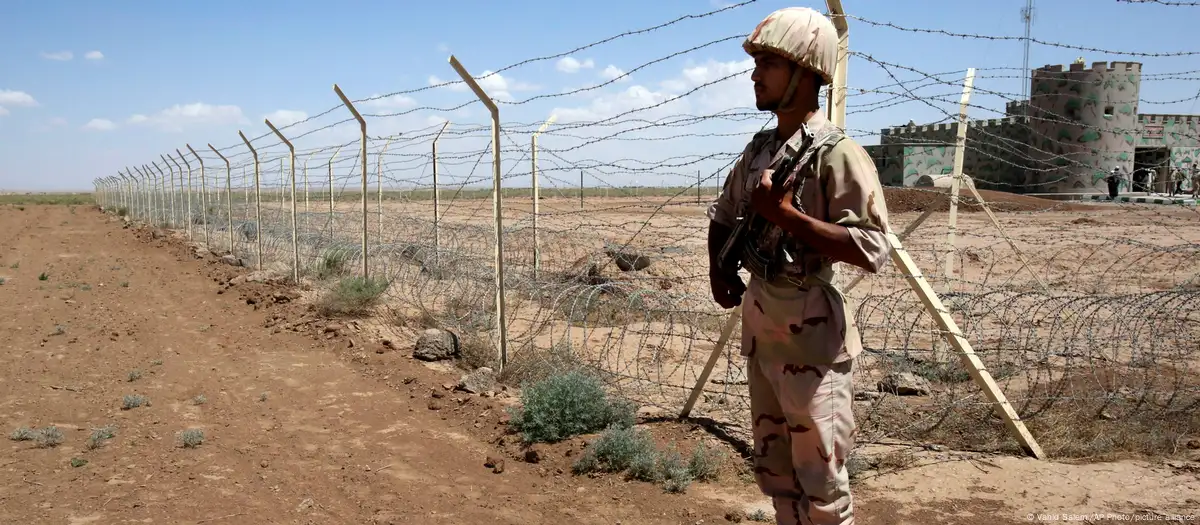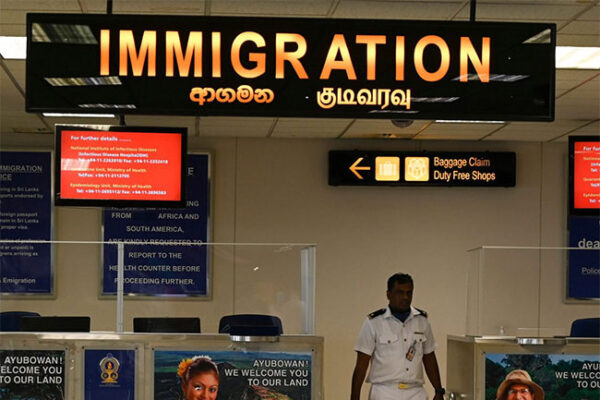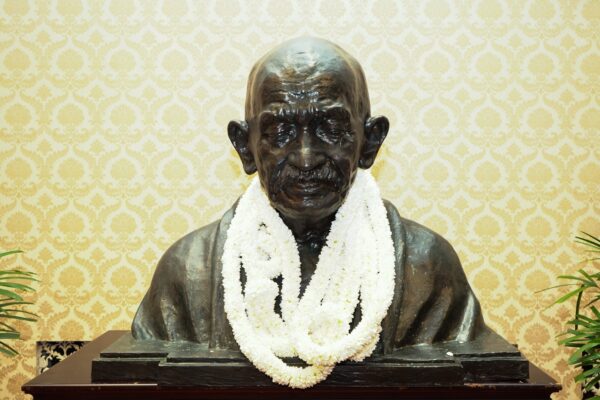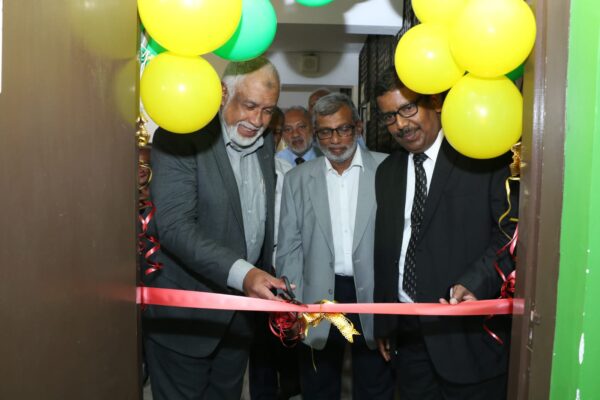Maleeka Rubab
In a decisive move reflecting heightened security concerns, Iran has announced its plans to construct a formidable wall along its border with Afghanistan. This strategic decision underscores the Iranian government’s recognition of the real and escalating threat of terrorism emanating from its neighbor and the necessity for significant defensive measures.
Acknowledging the Terrorism Threat
The decision to build the border wall comes amid an increasingly volatile security environment in Afghanistan. Following the Taliban’s resurgence and the fractious nature of the current Afghan conflict, Iran has faced mounting threats from extremist groups that operate with varying degrees of coordination and aggression.
Recent years have seen a rise in cross-border terrorism and violent incidents involving militant factions that have destabilized parts of Afghanistan. These groups, some of which have targeted Iranian interests and personnel, have exacerbated Iran’s security concerns. The wall is thus a direct acknowledgment that the terrorism threat from Afghanistan is not just a distant possibility but a pressing reality requiring immediate and substantial defensive measures.
Strategic and Defensive Measures
The planned barrier will extend across several hundred kilometers of the Iranian-Afghan border. It will be constructed using robust materials such as reinforced concrete, integrated with advanced surveillance and monitoring technologies. These technologies are expected to include high-resolution cameras, motion detectors, and sophisticated alarm systems designed to enhance border security and prevent illegal crossings.
This physical and technological fortification represents a comprehensive approach to addressing the terrorism threat. By establishing a clear demarcation and implementing real-time surveillance, Iran aims to reduce the ability of terrorist groups to infiltrate its territory and carry out attacks.
Regional Implications and International Reactions
Iran’s decision to build the wall has significant implications for regional security dynamics. For Iran, this initiative is both a protective measure and a signal of its commitment to national security. It demonstrates the seriousness with which Tehran views the threat posed by militant groups operating from Afghan soil and its readiness to take concrete steps to mitigate these risks.
Regionally, this move might lead to a recalibration of security policies among neighboring countries. Other nations with interests in or concerns about the Afghanistan situation will likely observe Iran’s approach with interest, potentially prompting similar measures or collaborative security efforts.
Internationally, the wall’s announcement has sparked varied reactions. Supporters argue that it is a pragmatic response to the real threat of terrorism and a necessary step to safeguard Iranian sovereignty and stability. Conversely, critics raise concerns about the humanitarian and environmental impacts of such large-scale infrastructure projects. They argue that while the wall might enhance security, it could also affect local communities and disrupt traditional cross-border interactions.
Future Outlook
The construction of the wall represents a significant development in Iran’s approach to border security and regional stability. As the project progresses, its effectiveness in curbing terrorism and illegal activities will be closely monitored. The wall’s impact on bilateral relations between Iran and Afghanistan, as well as its broader implications for regional security dynamics, will likely be a subject of ongoing debate and analysis.
About Author: She is independent researcher pursuing her MPhil degree from QAU Islamabad, Pakistan.





















